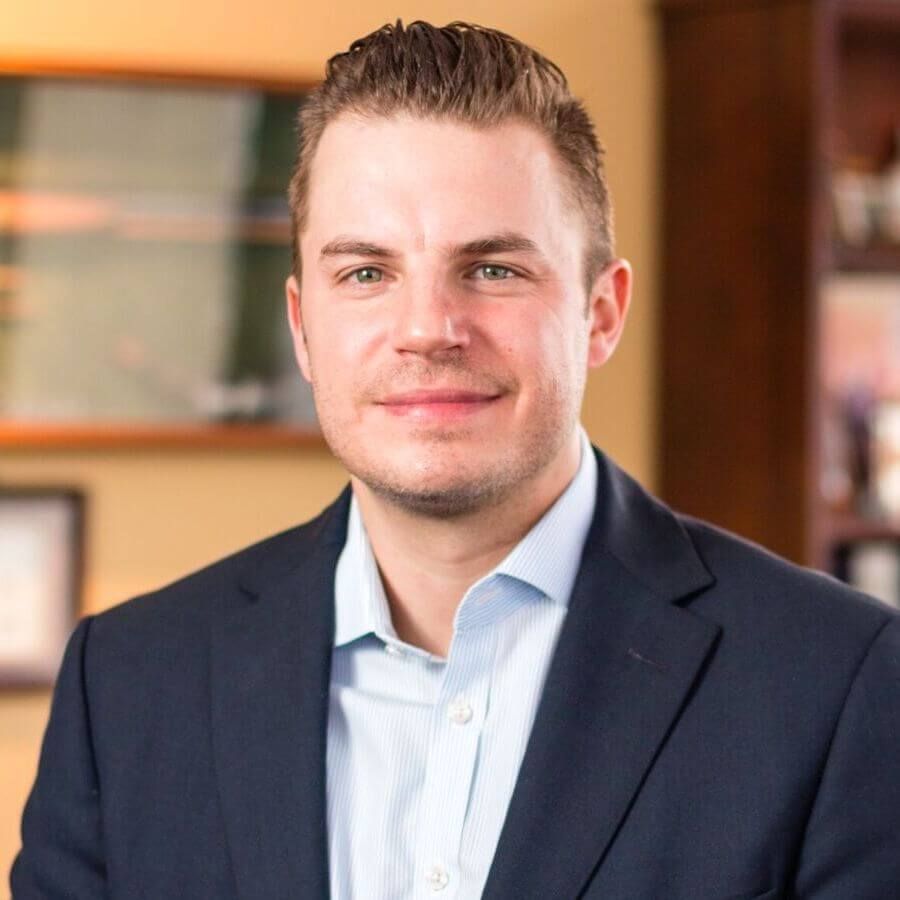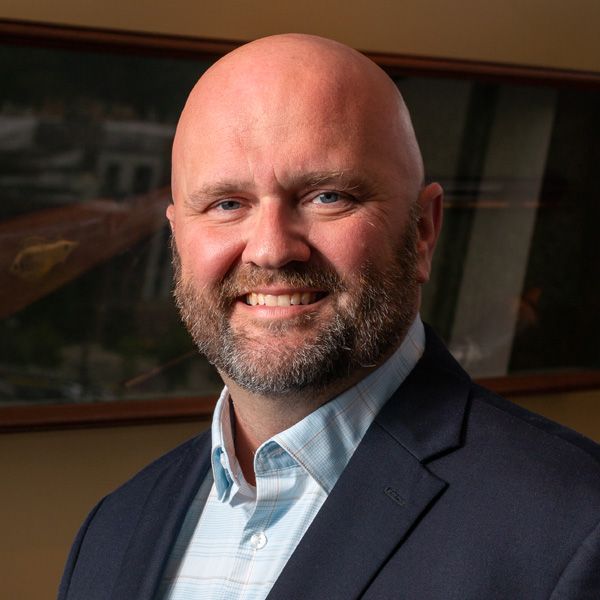You're Never Too Young to Save for Retirement
Robert Powell's got a very doable list of ways to up your retirement savings, even if you think you're too young -- or that it's too late.
Mar 11, 2019 6:58 AM EDT
People saving for retirement are told, every year around this time, to increase the amount they contribute to their 401(k) or similar employer-sponsored retirement plan. And each and every year those saving for retirement struggle to find the money in their budget to increase their savings.
But there are ways everyone, younger and older, can bump up their savings rate, and find money in their budget to save more for retirement.
Members of the Financial Planning Association shared their thoughts below.
Reduce the Money You Spend on Experiences
If your budget includes a line item for "experiences," Dennis Nolte, a certified financial planner with Seacoast Investment Services, recommends dialing down such expenses by $50 per month, especially if you're not contributing enough to get your full employer's match to your 401(k).
If you don't have a budget, Nolte suggests putting another $50 per month into your 401(k) and "see how it feels, see what effect it has on your end-of-month cash."
Nate Creviston, a wealth management analyst with Capital Advisors, stresses with his younger clients the importance of "paying yourself first." Start with income, subtract savings, then subtract fixed or essential expenses such as rent, transportation and the like, and then move to the variable expenses such as going out, travel, and the like. "We stress the fact that the variable expenses are the last in the budget which resonates intuitively with our clients because it makes sense that they should save first then spend what's left over when it comes to entertainment," says Creviston.
Another adviser says a different way to free up cash for savings is "to pay cash for all your 'wanna-have' expenses. "I promise you, it will help you spend less and the inconvenience of dealing with cash will give you some old school lessons," says Sarah Carlson, a certified financial planner with Fulcrum Financial Group.
Carlson also suggests reviewing your budget or your bank statements to figure out ways you can be more frugal. "Imagine what your grandparents and great-grandparents would have done in your shoes," she says.
What's the Purpose?
Eric Roberge, a certified financial planner with Beyond Your Hammock, suggests that you do some soul-searching with respect to your money. "If you're struggling to find enough money to contribute to your 401(k), it might help to ask yourself, 'what's the purpose?' of the spending you're currently doing -- which is eating away at the money you could save instead," he says. "What are you trying to get from the experience?"
Roberge's advice: Look at what you spend a lot of money on every single month. "Understand what the value is that you're getting from the experience - or notice if you're not getting the value you want from it anymore," he says. "The concept of, 'what's the value here?' is useful in making financial choices."
Think Before You Act
Roberge also recommends analyzing your urges before acting on them. "When you first get an urge to do something, instead of just doing it, stop and think: 'why do I have this urge?'" he says. "Once you understand the reason, you can then decide whether or not your action aligns with the underlying motivation - or if there's another option to satisfy that want in a way that better aligns with your values, your goals, your budget, etc."
The point of all this, says Roberge, is to help you get better at using your money as a tool to get what you want. "If you want to contribute more to your 401(k), that might mean making changes in other areas and spending less on things that aren't very meaningful to you," he says. "If you can build a habit to pause and think before you act, then you can consider a wider range of options in the moment, so you are better positioned to choose the one that's best for you -- instead of blindly charging ahead with the first thing you thought/felt/wanted." Listen to Roberge's podcast on the topic.
The Power of Compounding
It might not seem so, but it's true. Every little bit helps, says Creviston. "Even if they don't have thousands of dollars to invest, you'll be surprised what just $50 to $100 a month can do over the long term," he says.
In his practice, Creviston says, they often show calculations using time value of money and how putting dollars away now can help them to achieve those goals for retirement. "We often attach a dollar amount to specific retirement goals to show that they are both attainable and realistic if our clients save now," he says.
Others also suggest that those saving for retirement should learn the power of compounding.
"There are tons of illustrations on how eliminating a Starbucks a day can add up," says Ashley Folkes, a certified financial planner with Moors & Cabot.
Consider how much you might accumulate if you invested what you spent per week on lattes. For instance, a 22-year-old who invested $950 per year in an account earning 5% per year over the course of 45 years would accumulate a little more $150,000 just in that account. It would be worth even more if they were saving that money in an account with other savings.
Here are two time value of money calculators:
ZenWealth's Time Value of Money Calculator
Creviston also shows his clients the benefits of dollar-cost averaging, an investment strategy in which you invest a set dollar amount on a regular basis, such as every month or every year. "We simple calculations that illustrate what dollar-cost averaging just $100 per month can do to a portfolio when you extrapolate that growth over 40-plus years," he said.
Here is a dollar-cost averaging calculator.
Auto-Escalation Works, Too
Sign up for auto-escalation if your retirement plan offers that feature, says Darin Shebesta, a certified financial planner with Jackson/Roskelley Wealth Advisors.
Other advisers recommend the same. "Small and steady increases work great," says Theodore Haley, a certified financial planner with Advanced Wealth Management. "Have your plan automatically increase your contribution by 1% every year, or manually increase the dollars you are deferring by 3% or more every year. The reality is most people won't really notice these small changes in their monthly budget, but long-term they can lead to significantly higher balances."
Consider, too, saving some if not all of any raises you might get for retirement instead of bumping up your lifestyle, Shebesta says. Others agree with this advice. "The best way to create a plan around increasing 401(k) savings is to increase your contribution 1% each time you receive a pay raise from work," says Byrke Sestok, a certified financial planner at Rightirement Wealth Partners. "Raises typically are 2%-plus so if you bump your 401(k) 1% you still get the difference of the raise in your paycheck to enjoy. A little now and later if you will."
Free Money
You should also try to save at least enough to receive your employer's full match.
Many employers will match an employee's contribution to a 401(k) - typically 50% of every dollar up to 6%. "It's a no-brainer," says Carlson. "If your employer offers retirement fund matching, start with any amount to get the free company match."
By the way, Fidelity Investments says those in the U.S. should aim to save 15% of their salary over the course of their working years to accumulate enough to fund a desired standard of living in retirement.
Don't Have a 401(k)?
If you don't have a 401(k) at work, consider saving for retirement in an IRA, says Paul Tramontozzi, certified financial planner with Lob Planning Group. And don't wait until the end of the year to contribute. "Make contributions no less frequently than every month," he says. And to make things even easier, Tramontozzi recommends setting up automatic contributions from your bank account and set the date it comes out soon after you get your paycheck.
Create a Tip Jar -- For Yourself
Satoru Asato, a certified financial planner McNellis & Asato recommends creating a tip jar for yourself. "Every time you go out for coffee, beer, lunch, etc., decide why you are there," he says. "Is it out of habit, ambiance, companionship, the taste of what's available there, etc.?"
For example, if you're at Starbucks, are you there to meet friends because of convenient location? "In which case, instead of buying a venti Frappuccino out of habit, buy a small Frappuccino, latte, or coffee and 'tip' yourself the difference," he says. "The jar should be a clear jar to be able to see the difference a little behavioral modification can make. At the end of the month, take the contents of the jar and bank it in a separate checking account."
Adjust Your Withholding
If you are filing your taxes using standard deductions this year, odds are you're getting a refund, says Nolte. "If it's $1,000, put another $80 month into your 401(k) and add that $1,000 to your funds needed for discretionary or variable expenses, such as food and entertainment," he says.
Another adviser says one of the easiest ways to increase your savings rate is by adjusting your tax withholding. "If you received a tax refund it means that you lent your money to the IRS at a 0% interest rate over the course of the year," says Samuel Boyd, a certified financial planner with Capital Investment Advisors. "By adjusting your tax withholding at work, you can net a larger take home pay per pay period and have little or no refund at the end of the year."
For example, if you received a refund of $1,200 that represents $100 per month of income that you should have received but did not due to your withholding, he says. "Had you adjusted your withholding you could have made a $100 contribution to a Roth 401(k) or, due to the pre-tax nature of traditional 401k's, an even higher contribution and still net the same pay," says Boyd. "You get to maintain your lifestyle and expenses and accumulate funds for retirement, talk about having your cake and eating it too."
Other Tactics
Saving for retirement, although tedious, is all about mindset, says Carlson. "Consider your retirement deposits as a way you can show respect to yourself and the bright future you have," she says.
And, if all else fails, Nolte says you can always sell your older Apple technology for some cash.
Maybe you have other priorities?
Other experts, meanwhile, say you shouldn't get down on yourself if you can't increase how much you save for retirement. After all, you might have other more pressing short-term goals. "It's OK to sacrifice retirement savings if you have to," says Douglas Boneparth, the president of Bone Fide Wealth. "It's a matter of goal priority. Not everyone can side hustle, sell stuff on eBay and cost-cut like crazy."
Sure, says Boneparth, you can shop on sale and use coupons but it's going to be hard to not change anything and bump up your 401(k) savings. "So, I want to talk about changing the mindset of young people feeling like they're missing out because they can't save for retirement," he says. "If you have loans, want a reserve or buy a home, it's OK."
The views and opinions expressed herein are those of the author and may or may not represent the views of Capital Analysts or Lincoln Investment. Articles are not written or produced by the named representative and the information has not been verified. There is no guarantee as to the completeness or accuracy of the content. Quotes and remarks have been excerpted from conversations with the interviewer and may have been taken out of context. All remarks are hypothetical in nature and are intended to be informational only. They should not be regarded as investment advice, performance claims or testimonials. This is not a solicitation, recommendation or endorsement of any investment, investment strategy, tax strategy or legal advice. There is no guarantee that any strategies discussed will result in a positive outcome or the achievement of financial or retirement goals. A plan of regular investing does not assure a profit or protect against loss in a declining market. You should discuss any legal, tax or financial matters with the appropriate professional. All investing involves risk and no investment strategy can guarantee a profit or protect against loss, including the potential loss of principal.









